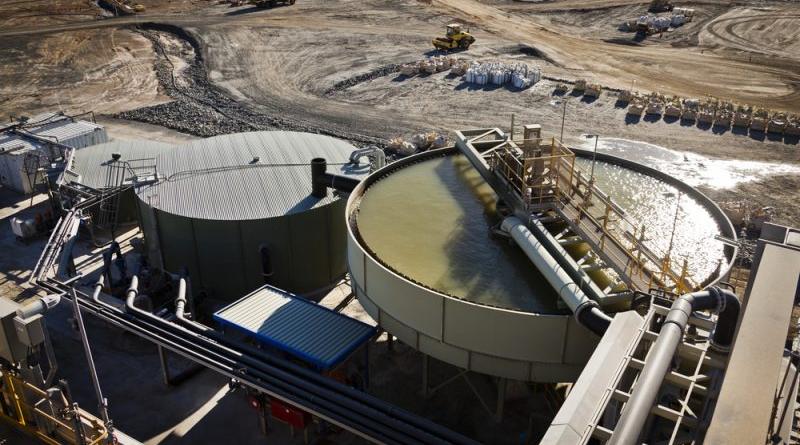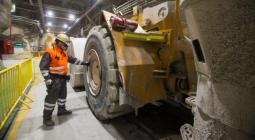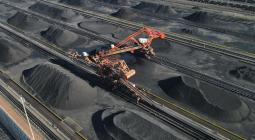Critical Raw Materials: China 15 years ahead, expert says

China is strategically far better prepared when it comes to the Green transition and has an edge of at least 15 years when it comes to the mining and processing of critical raw materials that will fuel the net-zero industry, according to an expert.
With the presentation of the Critical Raw Materials Act in March, the EU has considerably ramped up its efforts to secure future access to critical raw materials such as lithium or cobalt, that are essential for the shift to a net-zero industry. However, China is by far the most dominant player in town.
“I think it’s very clear China is strategically prepared for the mineral economy that is coming. China is strategically prepared for the green transition and for the net-zero age. Europe is not,” Georg Riekeles, associate director at the European Policy Centre (EPC) said at an EURACTIV event.
“So I think we must be very honest that as Europe we are pretty much where China was 15, 20 years ago. China’s plans for clean tech, be it hydrogen batteries, wind, solar or strategies for raw materials, they developed that in their 11th or 12th five-year plans. That was 15, 20 years ago,” he added.
Europe’s plan
In the Critical Raw Materials Act, the European Commission has laid out clear benchmarks for its autonomy when it comes to the raw materials deemed strategic.
By 2030, 10% of Europe’s demand for these raw materials should come from mining on its home turf. Additionally, 15% should come from recycling and 40% of the processing should be done in Europe.
However, these benchmarks will be difficult to achieve, since Europe is currently only able to extract a small fraction of its demands for critical raw materials – and demand is expected to increase exponentially. According to projections by the World Bank, the demand for high-impact minerals such as graphite, lithium, or cobalt will increase by 500% by 2050.
“In the short term, the contribution of additional mining capacity in Europe is unlikely to happen,” Ansgar Thole, President & Managing Director at Komatsu Germany, a supplier of mining equipment said that the event.
“Europe is quite late in entering this game in a consolidated and concentrated way, and other countries are already there,” he added, pointing to China’s dominance when it comes to mining.
China’s dominance
Europe is currently heavily dependent on the import of critical raw materials. According to a report by the German Institute for Economic Research (DIW), the EU is currently 100% dependent on foreign suppliers in 14 out of 27 critical raw materials and is 95% dependent on an additional three critical raw materials.
Most of the imports are coming from China, which holds a quasi-monopoly when it comes to the mining and processing of critical raw materials. The EU is, for instance, currently importing 93% of its magnesium and 86% of its rare earth metals from China.
However, China is even dominant when it comes to processing of many these raw materials, even if it isn’t mining them. For instance, while only around 9% of the world’s lithium is mined in China, approximately 60% is refined there.
The EU has also addressed this issue in the Critical Raw Materials Act, in an article that is often dubbed the “China clause”.
To prevent potential supply shortages and to boost resilience, the EU aims to be no more dependent than 65% on one single country, which would mean that the EU would have to considerably diversify its value chain to meet the benchmark.
This article follows the EURACTIV-organised policy debate “The Critical Raw Materials Act – What opportunities for EU technology providers?” supported by VDMA.
cover photo:A processing plant at lithium mine in Western Australia. [Jason Benz Bennee/Shutterstock]






